These are the books you don’t necessarily read from cover to cover, though it’s fun to leaf through them. They’re meant for reference, and I use most of these quite frequently. I keep them close-by. (Of course, there are now very useful plant resources on the web, too.)
Included are books on native plants, on unwanted and invasive plants, and on plant identification.
Native plants
Native Plants for Wildlife Habitat and Conservation Landscaping – Chesapeake Bay Watershed
by U.S. Fish and Wildlife Service
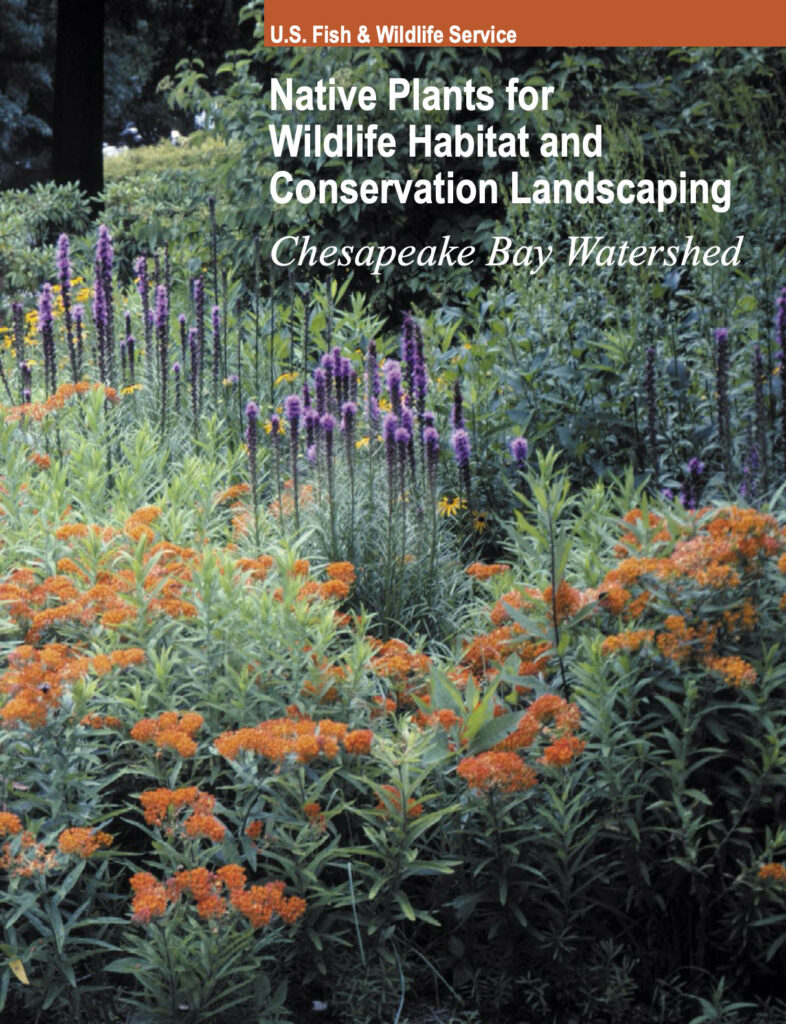
This large booklet is a wonderful resource – very well-organized, and free, too, on the web!
It’s for the Chesapeake Bay Watershed, which ends a little south of Syracuse, but many of the plants are native here, too.
For each plant, it notes what kinds of wildlife uses it.
Native Plants of the Northeast: A Guide for Gardening and Conservation
by Donald Leopold
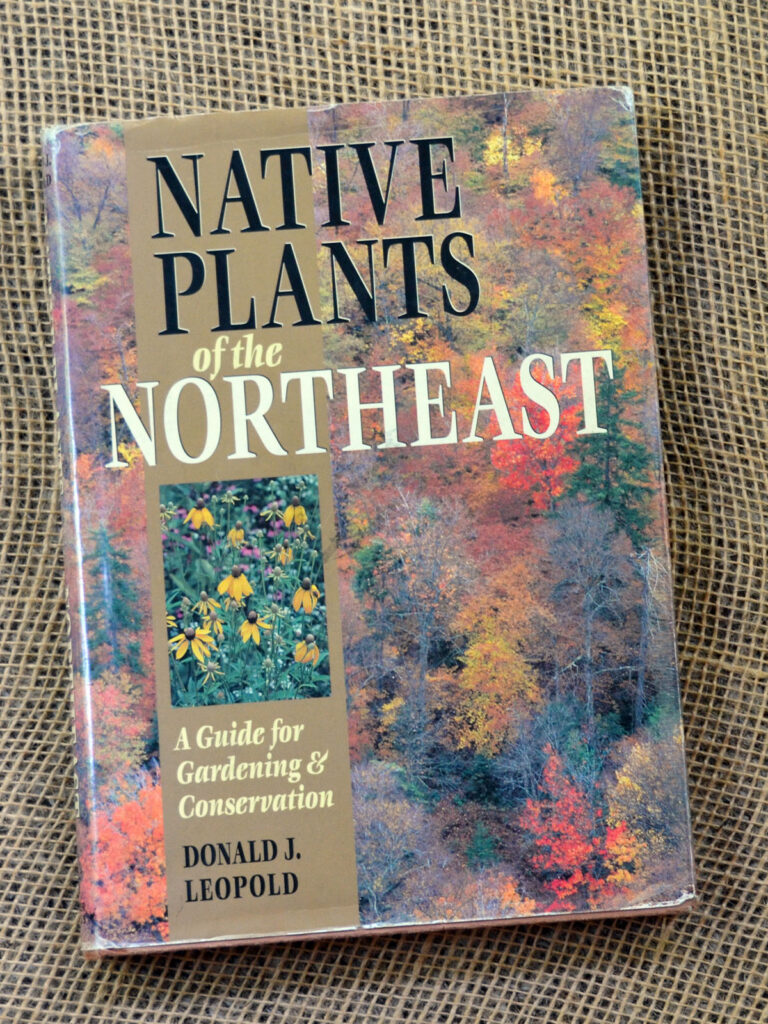
This book filled a void for us in the Northeast. Until this book came out, there were no good native plant references for Central New York. It has sections on each kind of plant: ferns, grasses, wildflowers, vines, shrubs, and trees.
If you’re in the Northeast and can afford only one native plant reference, this is it!
Wildflowers: A Guide to Growing and Propagating Native Flowers of North America
by William Cullina
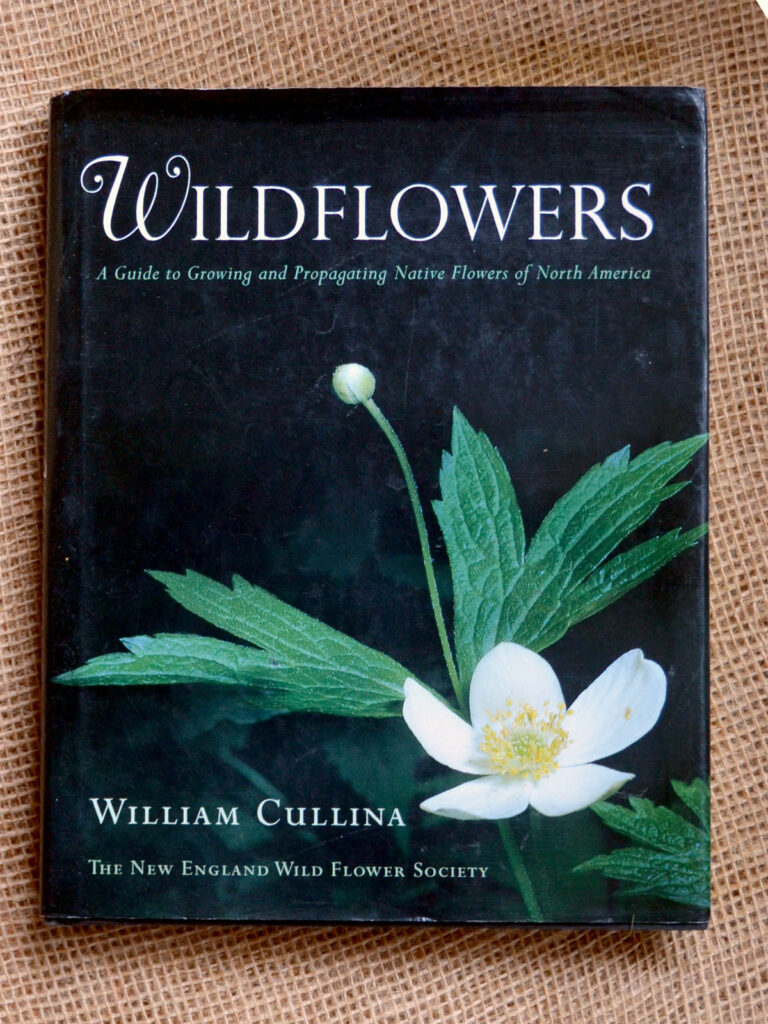
This goes into greater detail on various wildflowers, but unlike Leopold’s book, you have to check the geography since it covers the whole continent (and plants native to other areas of the country can NOT be considered native here in CNY).
I very much enjoy Cullina’s writing style. Many of his phrases are so descriptive and delightful that they have really stuck in my mind. I never separate milkweed seeds from their fluff without thinking of his phrase “dry down has a buoyancy that would make helium jealous.”
One big advantage of Cullina’s books is that they describe the wildlife benefits of each genus.
Native Trees, Shrubs, and Vines: A Guide to Using, Growing, and Propagating North American Woody Plants
by William Cullina
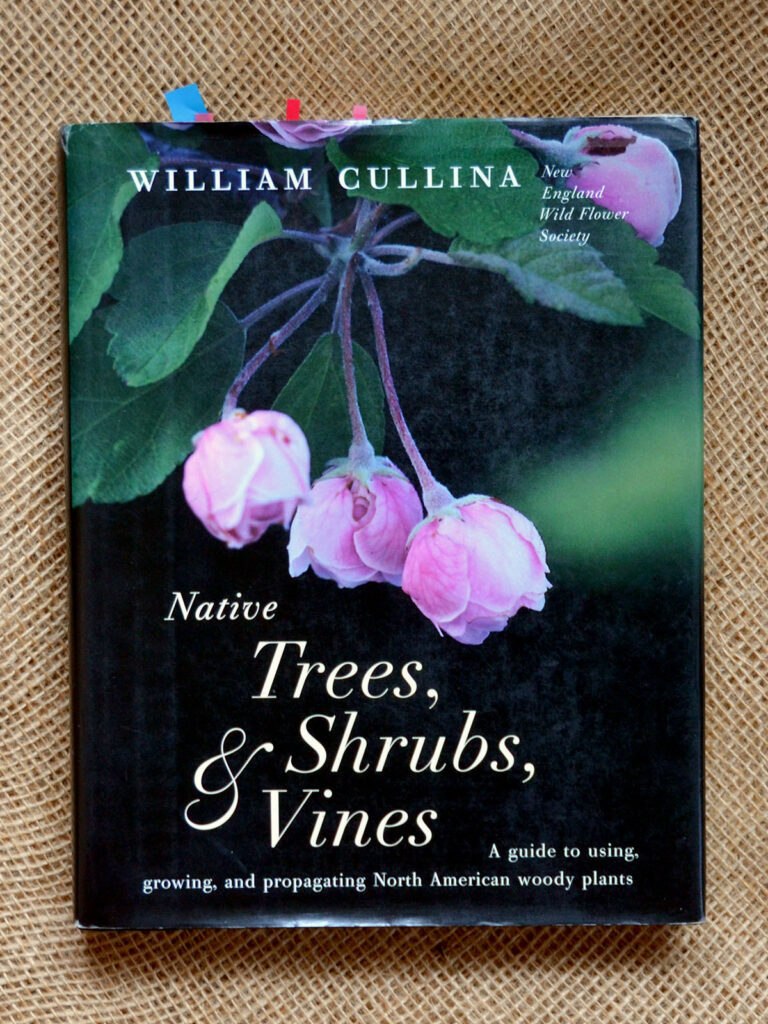
Like all of Cullina’s books, this is a beautifully written book describing native trees, shrubs, and vines.
As the subtitle says, his books also provide a quick summary of how to propagate each plant. This is very useful since starting new plants isn’t always as easy as throwing a seed in the ground.
Native Ferns, Moss & Grasses: From Emerald Carpet to Amber Wave: Serene and Sensuous Plants for the Garden
by William Cullina
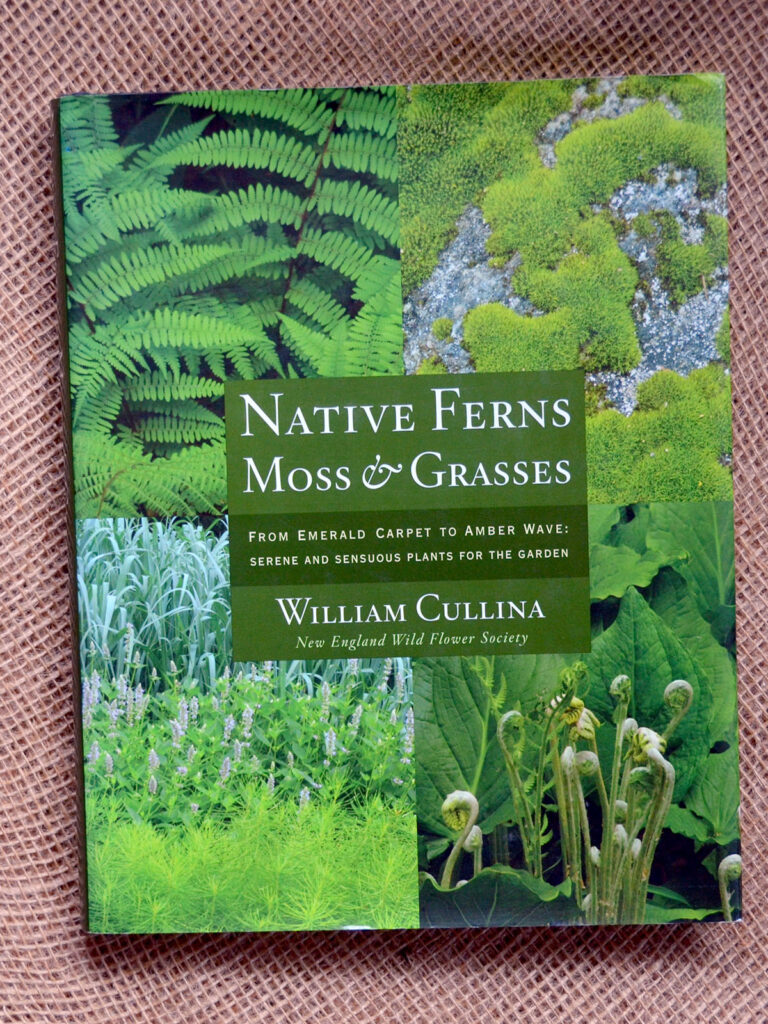
I was really happy when this book was published since I now have Cullina’s description of each type of plant. It’s especially nice to have the section on moss.
Native Plants for Native Birds: A Guide to Planting for Birds In and Around Ithaca New York
by Joel Baines

I picked this up at Cornell’s Lab of Ornithology on HGCNY’s last field trip. It has very nice descriptions of plants that are specifically good for birds and specifically in our CNY area. Who could ask for more?
Trees, Shrubs, and Vines for Attracting Birds
by Richard DeGraaf
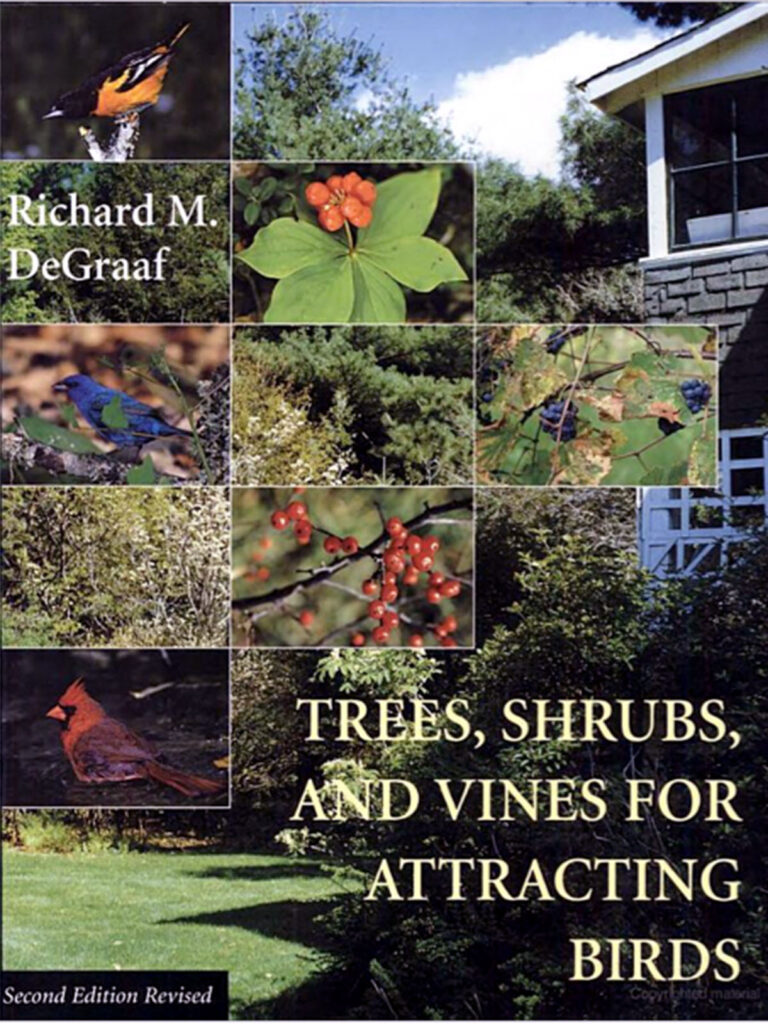
I love this book — with some important reservations.
Amazingly, the author includes non-native invasives such as Norway maple, white mulberry, and Japanese barberry! (Perhaps this was written before this issue was recognized.)
Who cares what these invasives provide for birds when ultimately they’re degrading the overall habitat, ultimately to birds’ detriment.
NOTE: A PDF of this book is available from the Forest Service.
Aside from this, though, it’s a fascinating book, detailing for each plant the birds that use them, whether they use them for food, cover, or nesting, and even what part of the plant they use for each purpose. Now I’m not sure how much of this information is accurate (who actually did all that research?), but it’s a useful guide, especially if you are trying to make your yard especially appealing for one of your favorite birds.
Gardening with Prairie Plants: How to Create Beautiful Native Landscapes
by Sally Wasowski
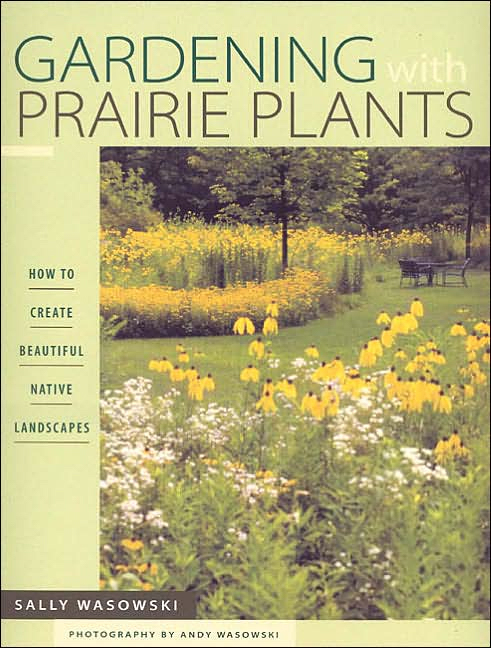
Even though it features prairie plants, this is still a useful complement to my other books. It has great information on plants native to the prairie—many of which happen also to be native to our area. It has pronunciations for the genus (as Cullina’s books do) but also for the species names (which Cullina’s books do not), which is very useful.
Also I LOVE the way she indicates the areas where each plant is native by coloring an actual map of the continent. SOOO much better than the verbal descriptions in other books. I usually have to keep a small map of the continent in those books to interpret those descriptions. Why, oh why can’t all books use maps like these!
Unwanted or invasive plants
Invasive Plants: Guide to Identification and the Impacts and Control of Common North American Species
by Sylvan Kaufman and Wallace Kaufman
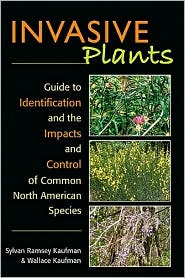
An excellent guide to invasive plants. It includes all the things the subtitle says it does. It also has good color photographs for identification.
Mistaken Identity? Invasive Plants and Their Native Look-alikes: An Identification Guide for the Mid-Atlantic
by NRCS and Delaware Dept. of Agriculture
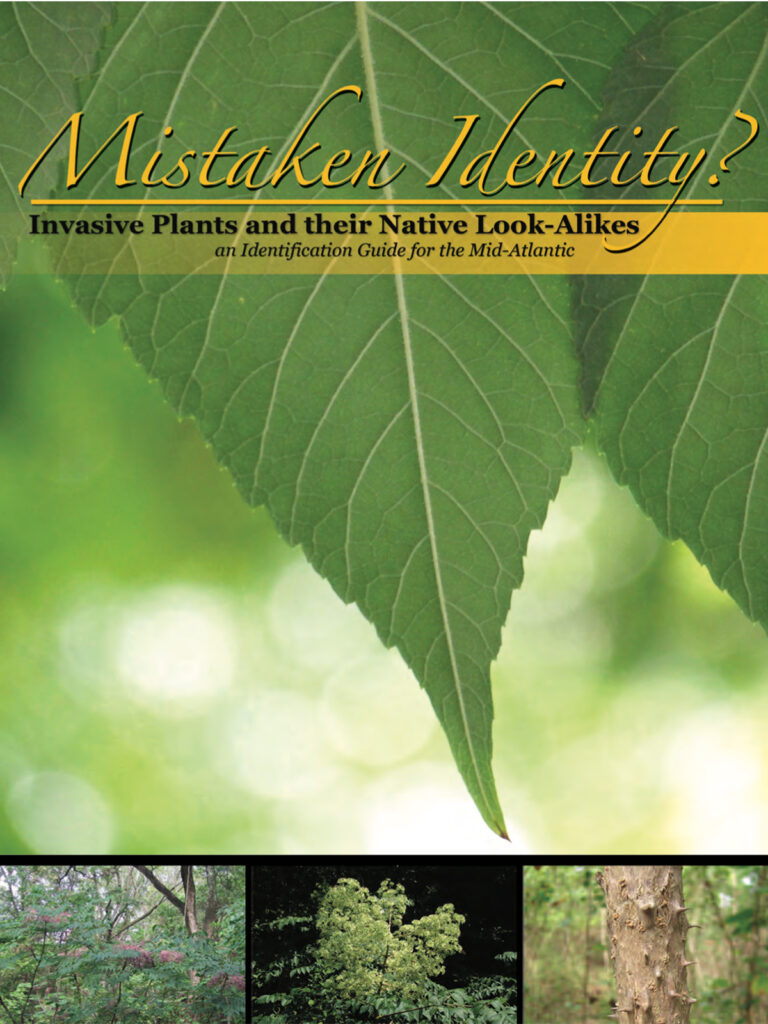
This booklet is available on the web to download for free. It’s more of a large booklet than a usual web resource.
This is extremely important information to have! You don’t want to eliminate a fine native plant that happens to look like an invasive plant or vice-versa.
Weeds of the Northeast
by Richard Uva
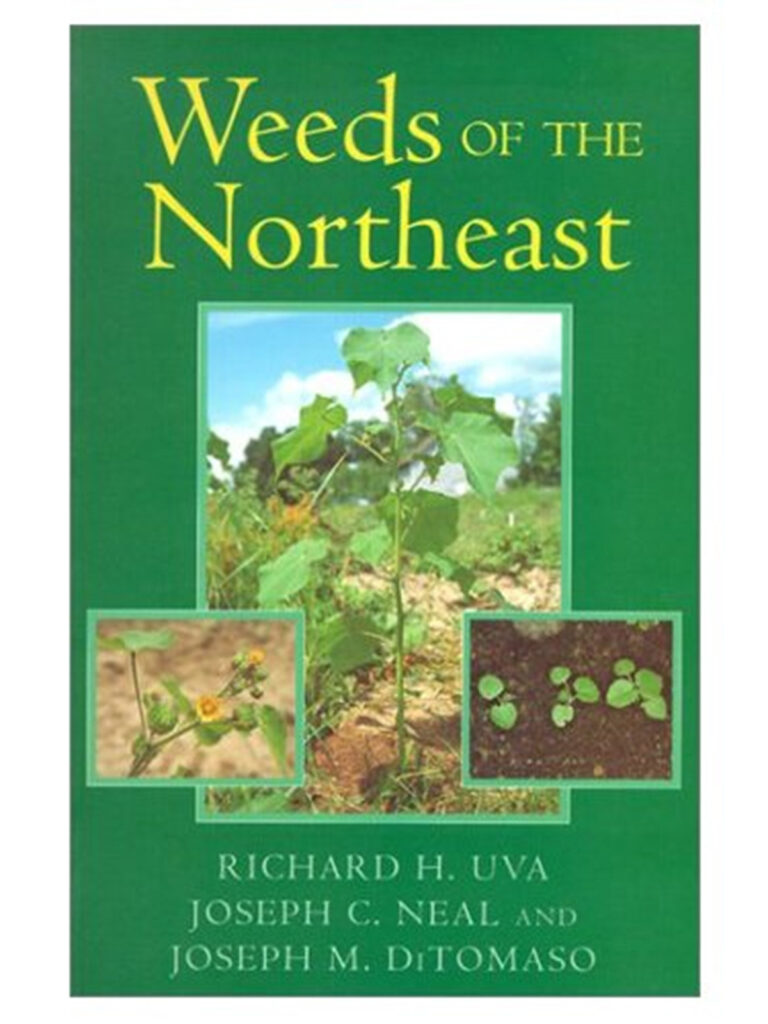
We find this book to be useful — once we understood that it was intended for farmers, not habitat gardeners. For example, it categorizes some native plants — SUCH AS MILKWEED!!!! — as weeds.
Their definition of weeds and our definition of weeds are sometimes two different things. Still, it does have many of the true weeds (non-native stuff) that we find coming up in our yard. It’s nice to “put a name to a face” for these annoying plants.
Plant identification books
The FINDER series
We like taking these little 4 in. x 6 in. flowchart-style books on hikes. You identify particular characteristics such as the type of leaf or flower, then based on your answer, you go to the specified page until you get your answer. We found it helpful to practice a few times using plants that we could definitely identify to see if we got to the right answer. We even bought two copies of some so we could both be identifying plants at the same time.
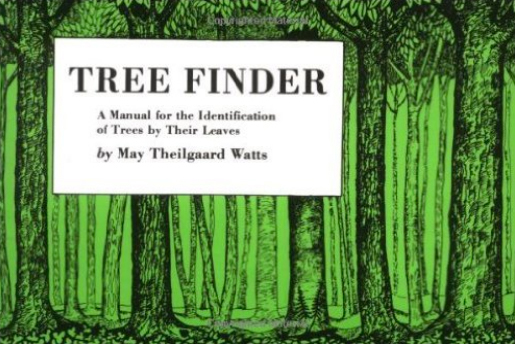
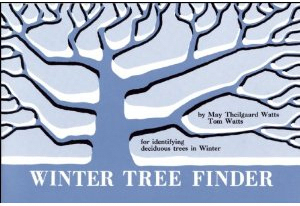
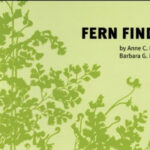
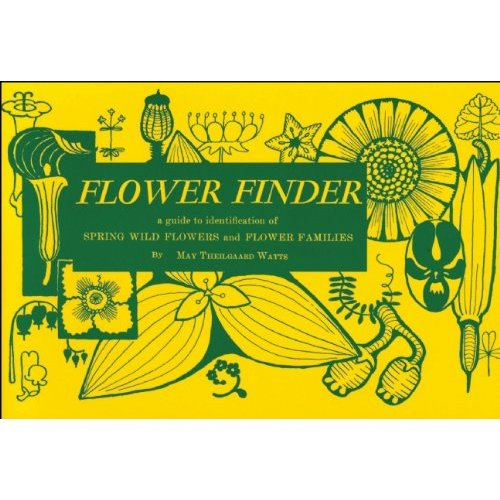
Wildflowers of New York
by William Chapman et al.
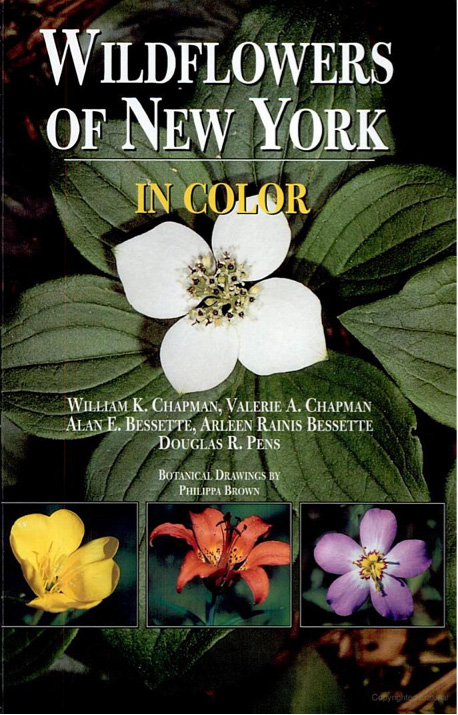
We often took this camping with us so we could identify plants in the Adirondacks. It’s nice to have a book that includes only plants you’re likely to see. This is a book of “wildflowers” that are found in New York State.
This is a book of “wildflowers” that are found in New York State. This is what you want if you’re trying to identify what you’re seeing, BUT this does not mean these plants are native or that they’re recommended for your garden, just that they’re actually found growing here.
